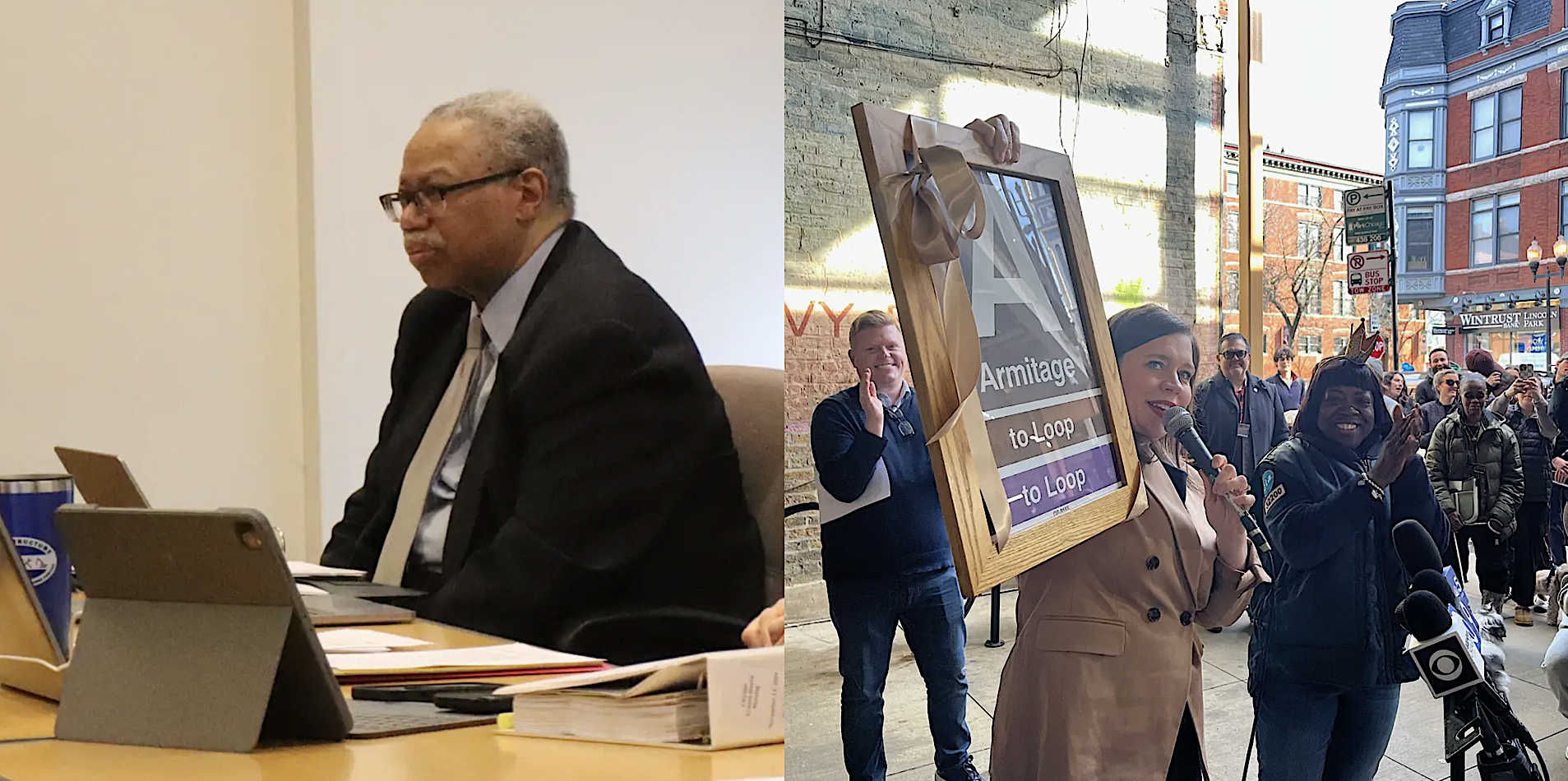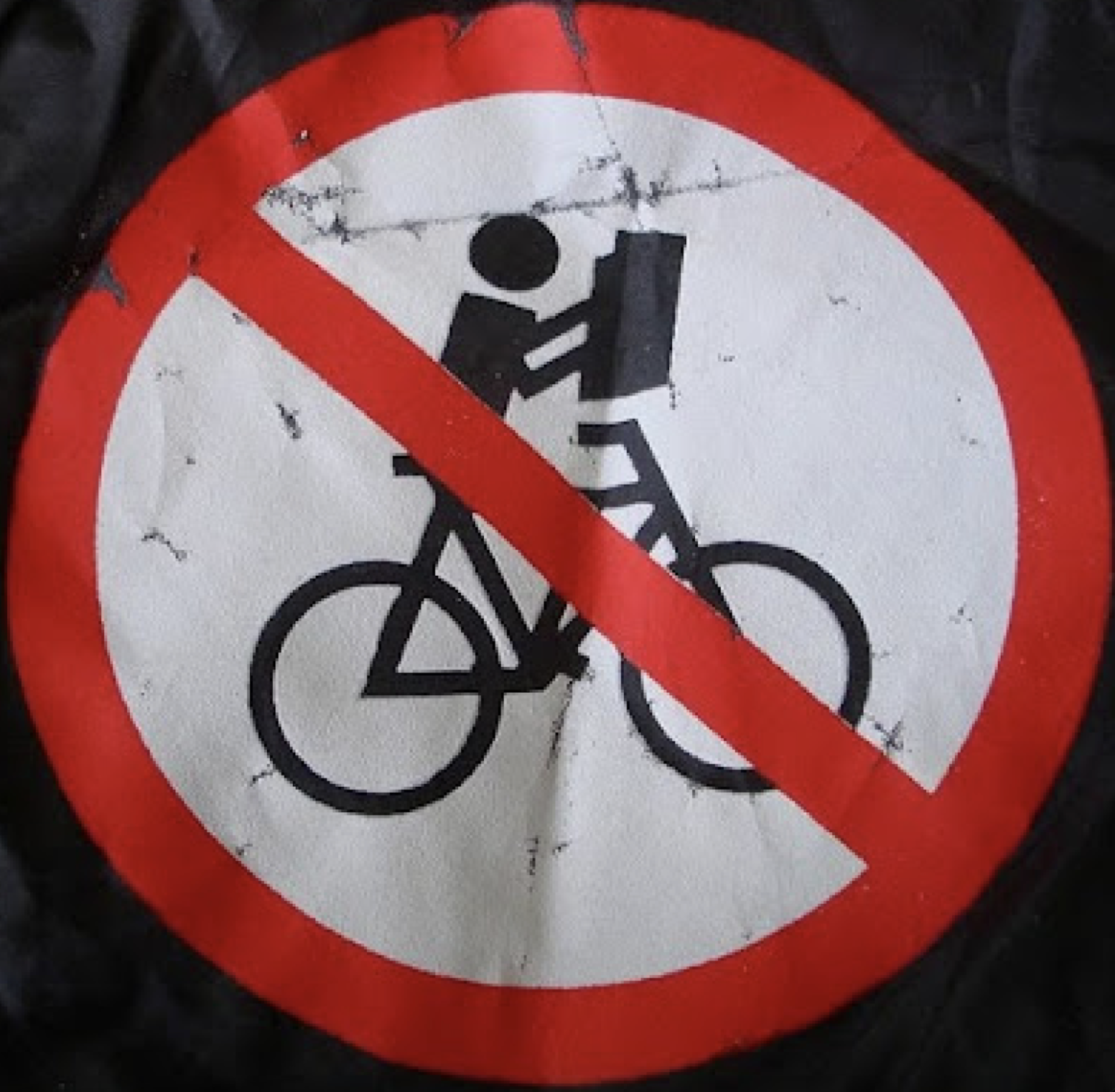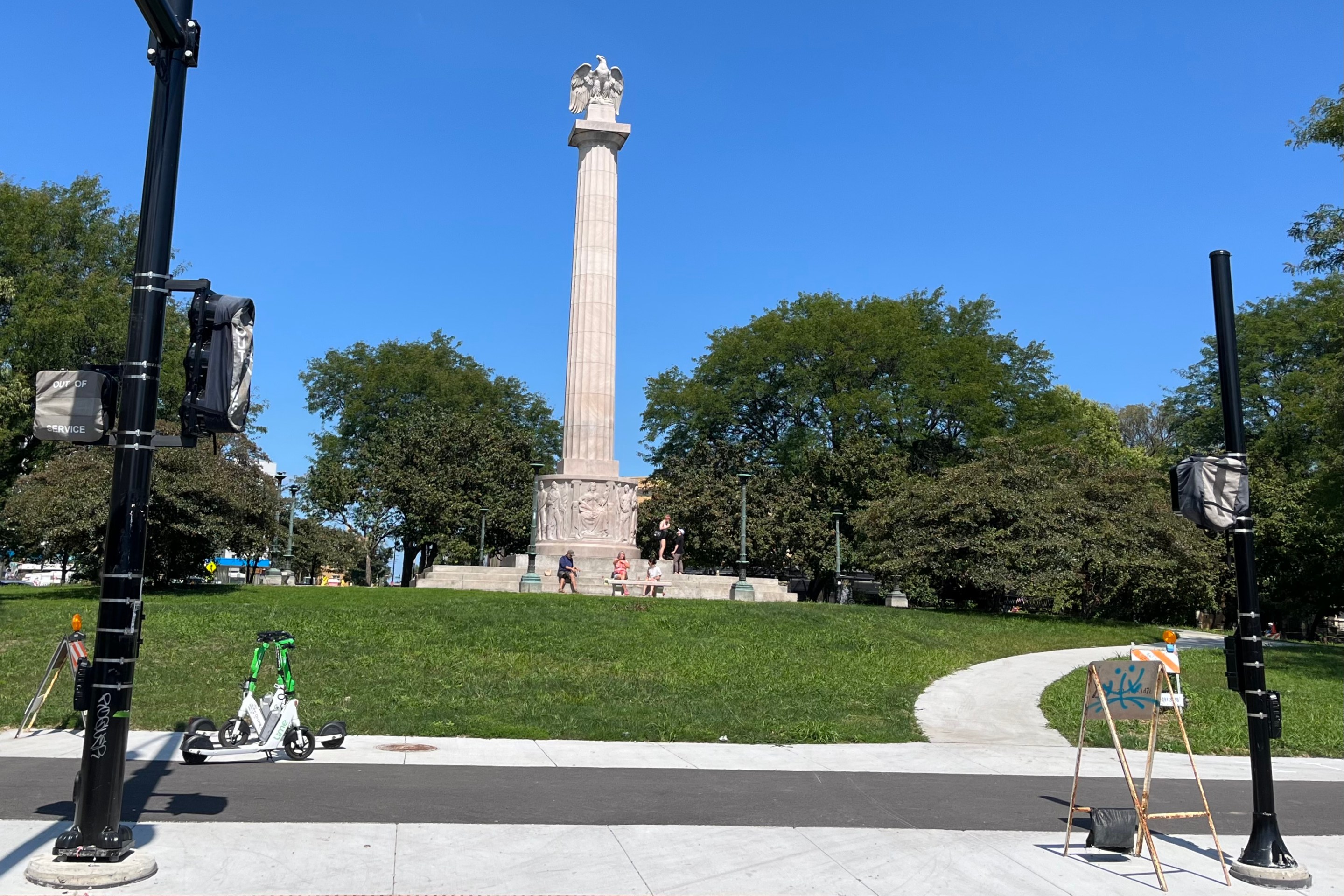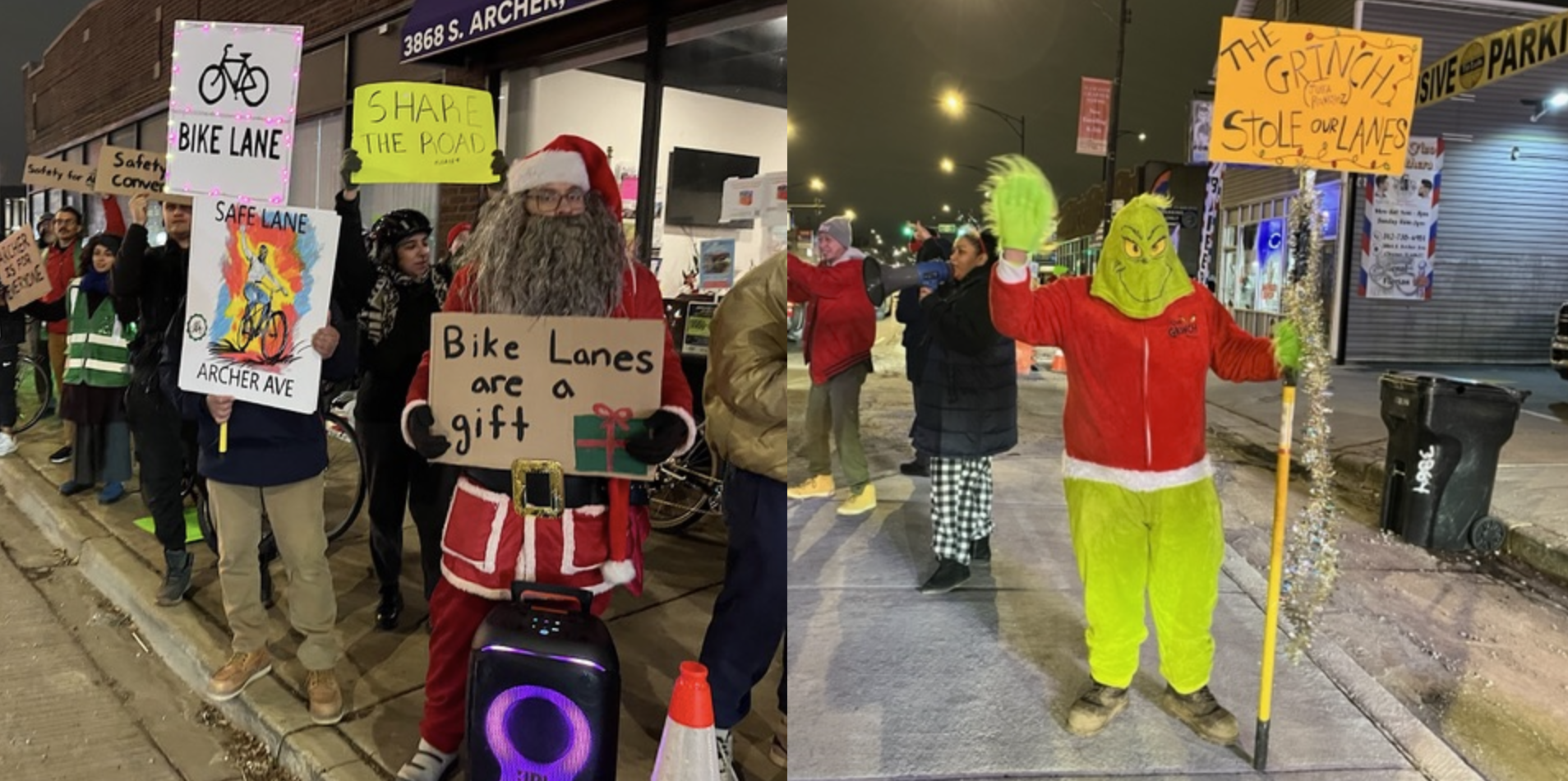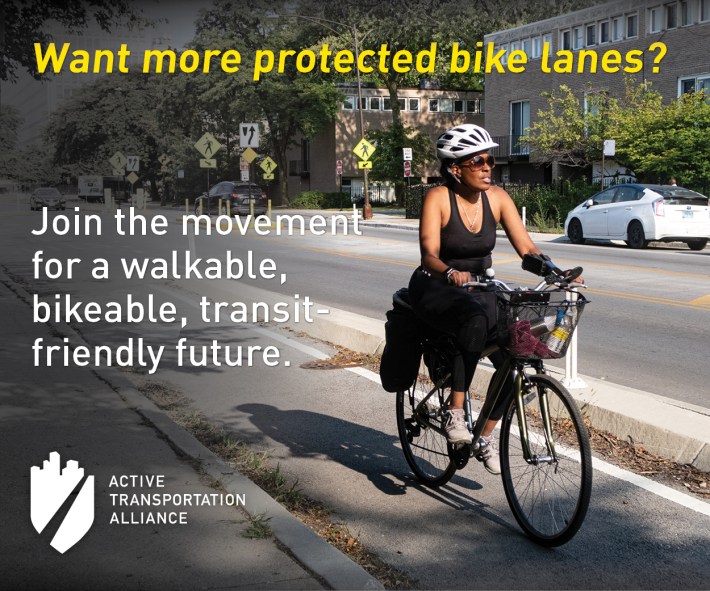
By Ellen Steinke
The CTA is finally on the mend, just in time to be gutted. After COVID-19 hit, service got spottier, trains felt less safe, and the system fell behind on everything from staffing to innovation. Things have been improving during the post-pandemic era, but many riders and lawmakers are weary – and wary. With the CTA, as well as Metra and Pace, facing a $771 million total fiscal cliff, a significant number of people are asking: Why raise revenue to fund a system that still feels broken?
We know one of the main reasons for the CTA's recent dysfunction: former agency president Dorval Carter Jr. Under Carter’s tenure from 2015 to last January, the system spiraled into disarray. Reliability plummeted. The CTA missed critical hiring goals year after year. Performance metrics went ignored. Ghost buses and unreliable train service became the norm. Despite these glaring issues, Carter routinely skipped City Council hearings and seemed to treat public input as an afterthought. He rarely rode the system himself and appeared disconnected from the daily experience of transit riders.
One 2022 report noted that the CTA had hired only 400 of the 1,000 bus drivers needed to stabilize service. Meanwhile, customer complaints skyrocketed and internal morale tanked. The agency canceled runs without warning, failed to post accurate arrival times, and neglected key infrastructure. And all this happened while Carter was one of the highest-paid employee in city government, earning $391,108, according to CTA records — over $175,000 more than the mayor.
So it’s understandable that some residents and legislators don’t feel eager to pour more money into Chicagoland transit. But what they may not know is that Carter is gone — and things are already changing.
Acting CTA President Nora Leerhsen has been in the role since February 2025. And in that short time, she’s made a major difference.
She rides the system. She shows up to Council hearings. She listens to riders and staff. Under her leadership, CTA has hired more than 5,000 workers in the past two years. She’s reduced slow zones from 30 to 18 percent. She launched the Frequent Network bus pilot, upgraded train tracker technology, and introduced a CTA podcast to improve communication and transparency.
These aren’t flashy gestures. They’re foundational improvements. They show a shift from avoidance to accountability, from excuse-making to problem-solving.

Most importantly, they’re happening in the shadow of a massive funding shortfall. Leerhsen is spending much of her time preparing for 40 percent service cuts that would undo the very progress she’s making. It’s an absurd waste of talent and time to ask a promising new leader to plan a slow-motion collapse instead of continuing to rebuild a system we all rely on.
Just imagine what Leerhsen could do if she didn’t have to prepare for disaster. State lawmakers, transit agencies, and advocates are currently not just pushing for $771 million to fill next year's regional transit budget gap, but are trying to raise $1.5 billion in new revenue to improve the system. With sufficient funding and the right team, we might not just have a less-broken CTA. We could have a great one that’s not just on par with peer U.S. cities, but truly world-class.
Of course, good leadership by one person can’t fix everything. Some critics say we need regional transit governance reform. "Illinois lawmakers should require clear operational reforms before considering any tax hikes," the right-leaning Illinois Policy Institute recently stated.
In fact, transit-friendly progressive politicians in Springfield are already on the same page in that respect, and "No revenue without reform" has become their mantra. HB 3430, which passed the Illinois Senate on May 31, would create replace the relatively toothless Regional Transportation Authority with a more powerful Northern Illinois Transit Authority. That entity would be able to enact sweeping reforms to better coordinate and consolidate transit operations across the region. These would include streamlined oversight and funding structures to promote collaboration between CTA, Metra, and Pace.
But reforming regional governance doesn’t negate the need for more fine-tuned leadership – that’s still the CTA president’s job. Under Dorval Carter, that boiled down to not-so-salutary neglect. But with Nora Leerhsen in charge, it means proactive improvements.
If you’ve ever thought:
- "The CTA needs new leadership." It has it.
- "Transit needs more accountability." It’s happening.
- "The system needs to improve before we fund it." It is improving.
We don’t need to wait for some ideal version of the future to act. In many ways, the CTA Chicagoans say they want is already beginning to take shape. But we’re at a critical juncture. If we don’t fund the system now, we risk reversing all of this progress.
We’re on the right track – let’s not derail things now. Here's what you can do to help win Chicagoland the transit system we deserve
- Contact your legislators and Governor JB Pritzker and tell them you support legislation for governance reform, and to raise $1.5 billion annually for transit.
- Contact the CTA Board of Directors at boardoffice [at] transitchicago [dot] com and let them know you support confirming Nora Leerhsen as the permanent agency president.

Do you appreciate Streetsblog Chicago's paywall-free sustainable transportation reporting and advocacy? We officially ended our 2024-25 fund drive last month, but we still need another $44K to keep the (bike) lights on in 2026. We'd appreciate any leads on potential major donors or grants. And if you haven't already, please consider making a tax-deductible donation to help us continue publishing next year. Thanks!
